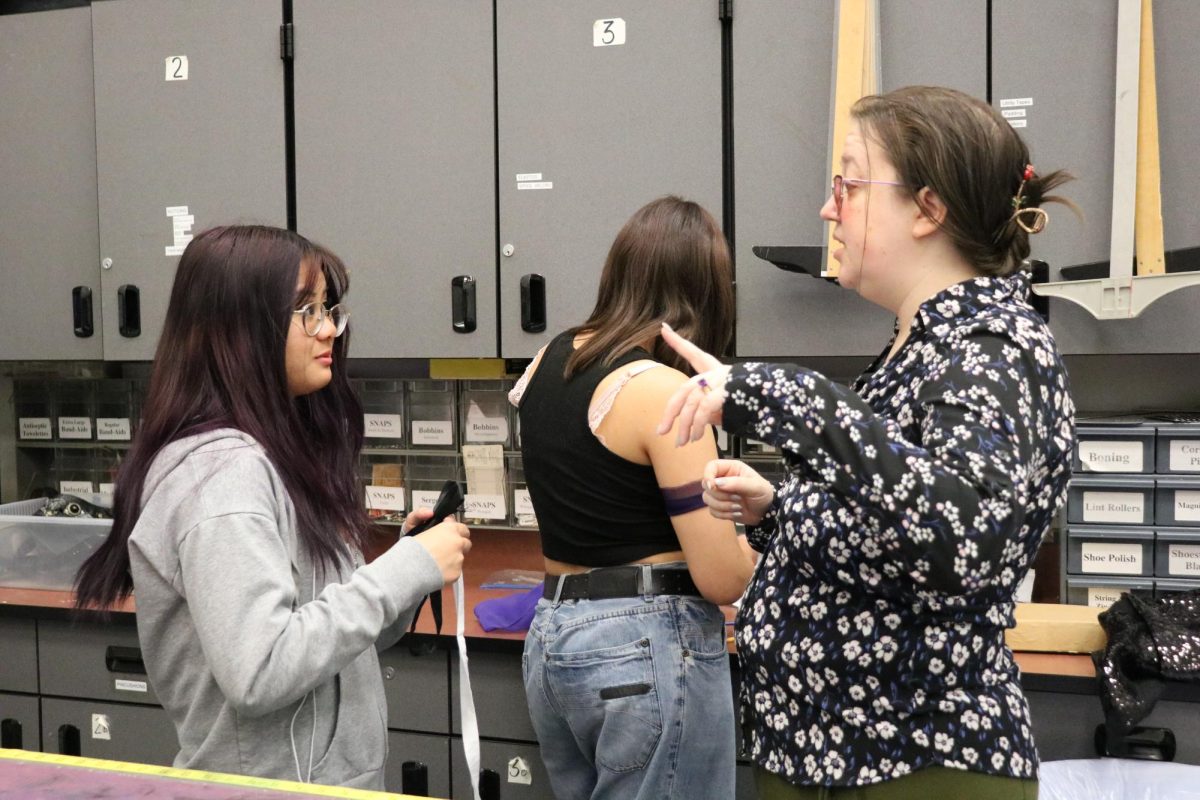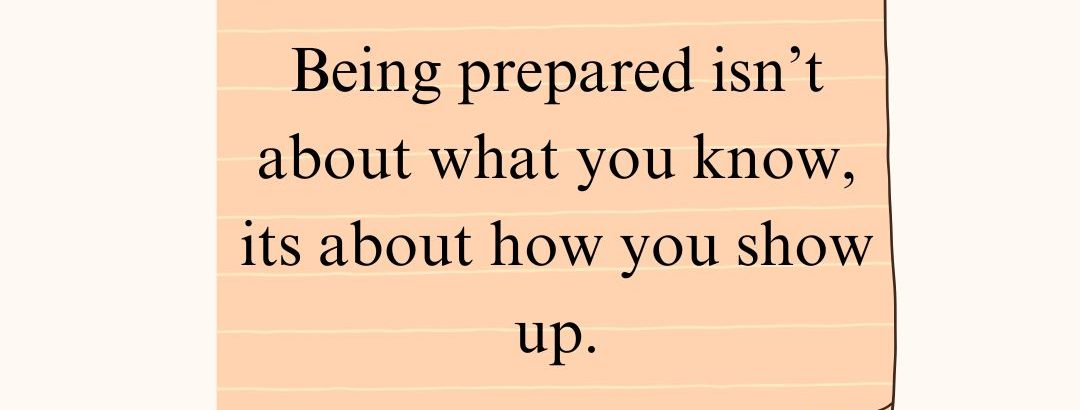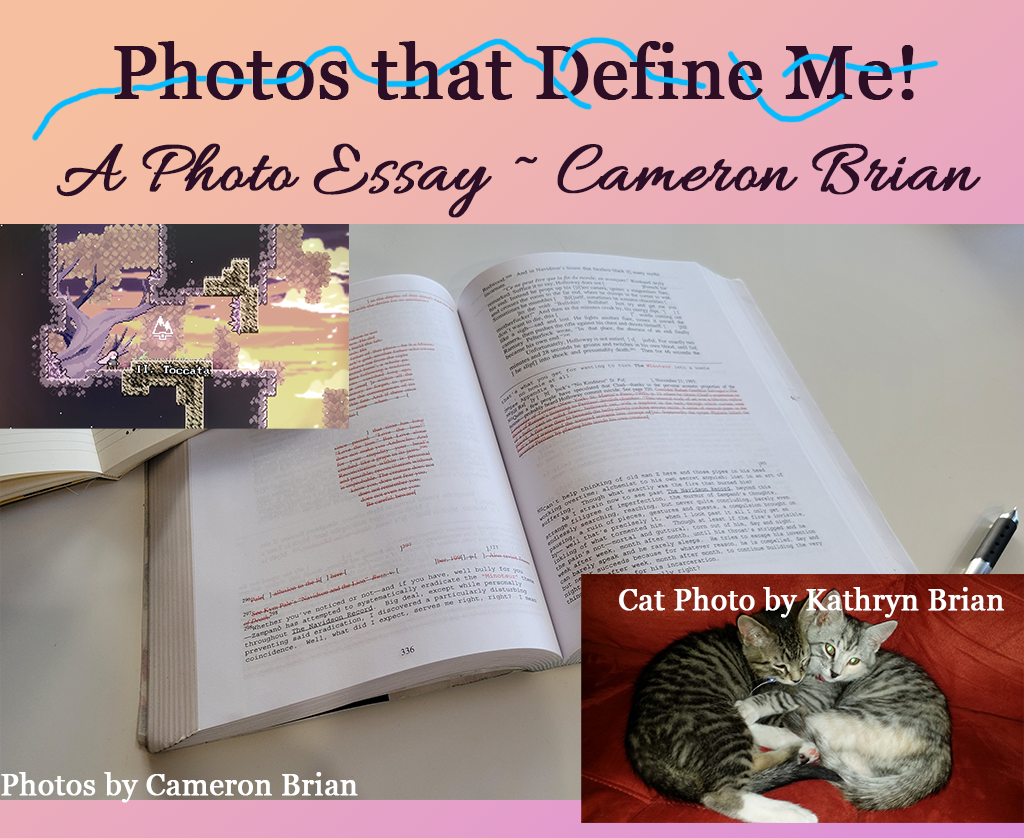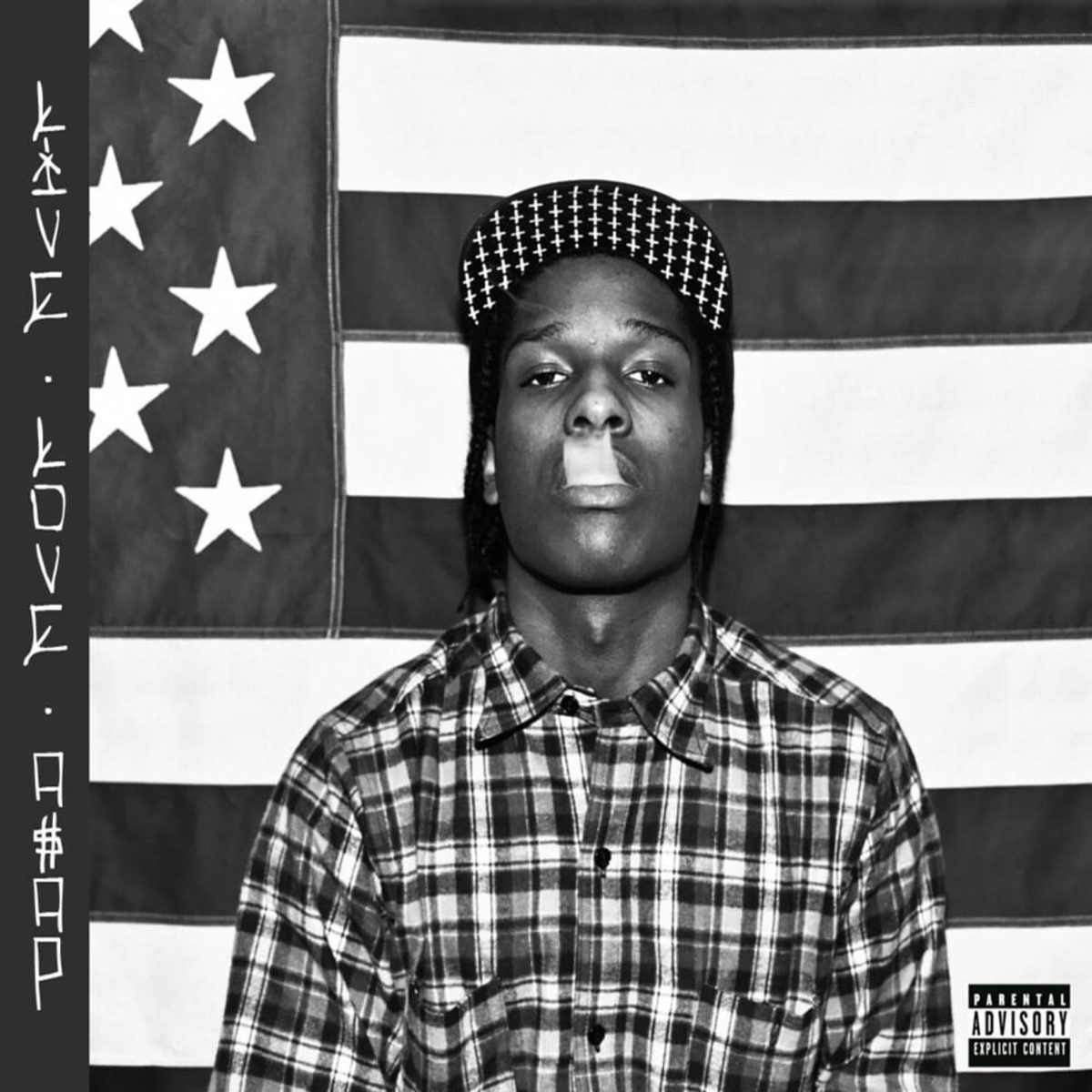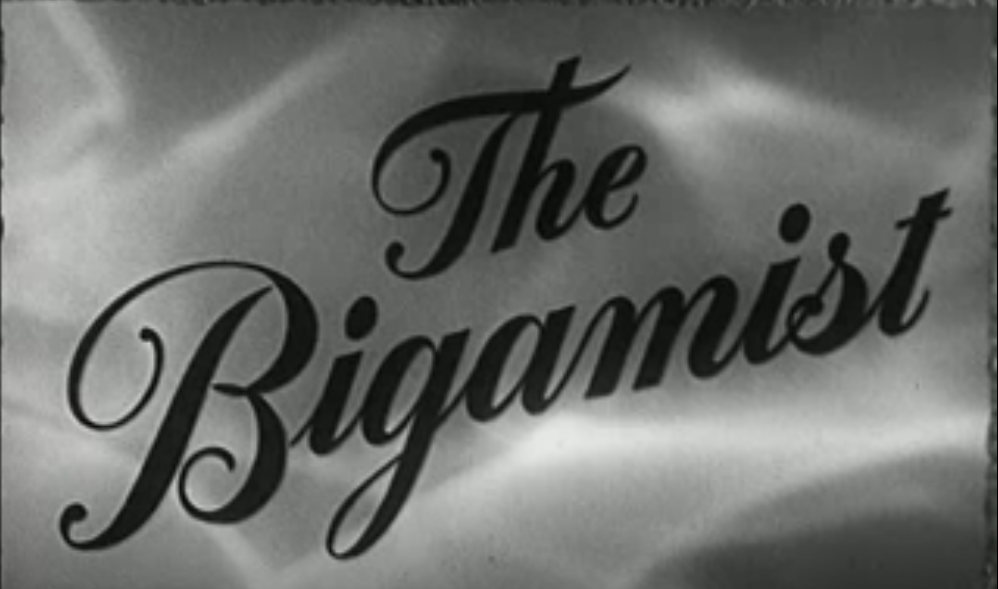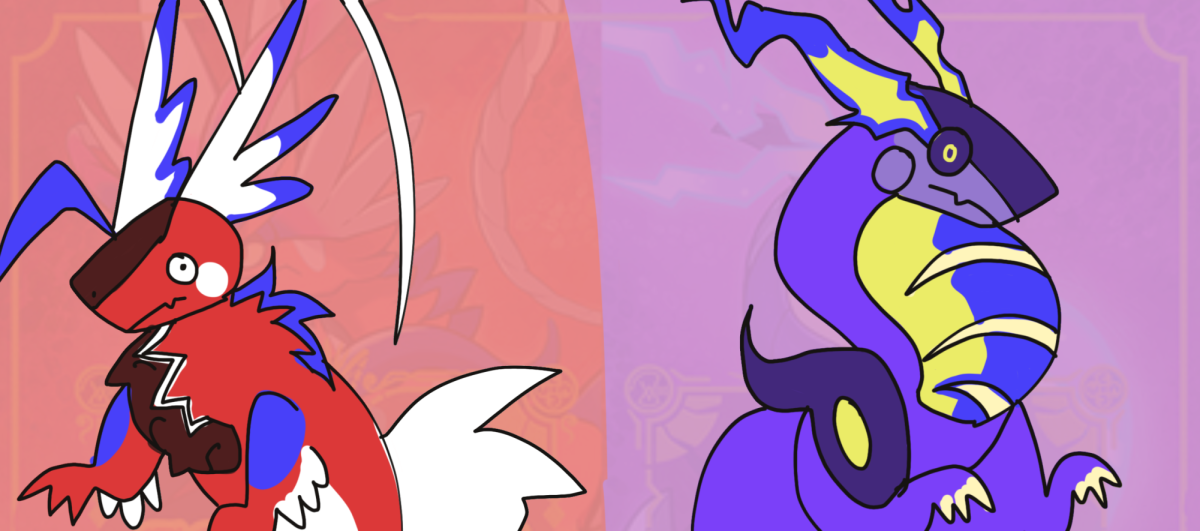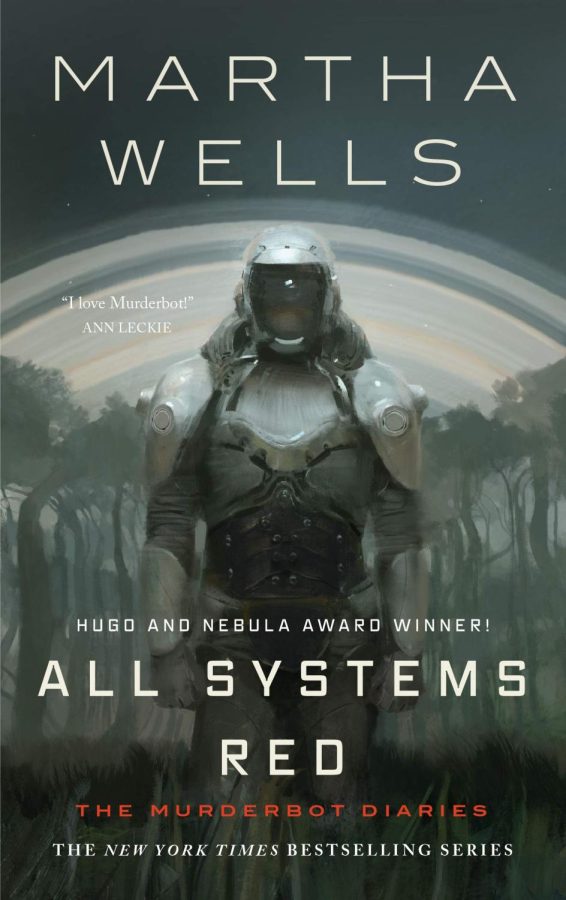Murderbot, a Sci-Fi adventure
September 16, 2022
A Preface: My Experience With Sci-Fi
When I say I like sci-fi, it may come as a surprise that I’m a bit of an… entry level fan. My taste is to blame. I think the only way to describe my taste in science fiction is that I explored the general ideas of it and the mental image it conjures up more than I’ve read actual titles. I love those images, although they may seem trite; I love dark, gritty, mechanical futuristic aesthetics (Playdead’s Inside, Frictional Games’ Soma, Simon Stålenhag’s paintings), I love space (Andy Weir’s books), and I love cliche little robots (Netflix’s Love, Death and Robots; Netflix’s I Am Mother; Valve’s Portal; the various droids of Star Wars; Pixar’s WALL-E). So when I picked up the first Murderbot novella by Martha Wells, which has all three of these elements, I was a little suspicious. The cover of the novella checked all the boxes of my aesthetic. It seemed too good to be true.
The catch with some sci-fi works I’ve tried to get into seems to be an imbalance of characters and worldbuilding. Sometimes (not exclusive to sci-fi), the worldbuilding is meticulously crafted and designed, but the characters barely interact with the world and focus on more boring, familiar conflicts. (Or are just really boring in general.) As a variant of this, sometimes the story ONLY focuses on the characters and their boring, familiar human problems and the worldbuilding isn’ t fleshed out at all, like the creator expects you to care more about the characters than anything else anyway.
My irrational fear of Murderbot not actually focusing on Murderbot, and rather some boring, smirking, brooding 35-year-old man adjacent to Murderbot subsided immediately when I opened the book. It really was as good as its cover!
The Actual Book: Synopsis and Thoughts
Murderbot takes place in the far, far, future. Humans have spread out and colonized a large portion of outer space through wormhole travel, spanning entire star systems, and technology has advanced astronomically. The titular character is a SecUnit, one of many security-guard-like “constructs” created from mechanical parts and cloned human tissue. This cloned human tissue allows constructs to think more flexibly and naturally than if they were purely AI, but consequently gives them sentience similar to humans’. Constructs are considered property by the company that makes them, and governor modules are installed into them—basically shock collars for their brains—to prevent them from disobeying orders.
Murderbot discovers how to hack its own module. And overwhelmed by its newfound freedom, retaining all its memories of its mistreatment by humans, with weapons built into both of its arms, it decides it’s only natural to….keep doing its job and pirate TV shows. While uncovering dirty corporate practices on the side.
That’s not all it does, but it’s the essence of Murderbot. Its snarkiness and apathy, its self-consciousness, its begrudging but proud attachment to its job, and its love of human soap operas is what makes the protag so relatable in a context that’s so far from reality. The grim science fiction genre almost complements the deep affection Murderbot holds for its humans and fellow AI.
I really like the gradual development of Murderbot’ s character, and how it comes to terms with the emotions it hates so much. The author wrote it in a way that didn’t seem cliche or condescending to the readers. Also, the relationships depicted in Murderbot are some of my favorite in any book. Human gender, sexuality, and race discrimination are gone in this series (although new sorts of discrimination are in place, which is interesting). Murderbot itself is entirely uninterested in gender, sexuality or romance, but develops meaningful relationships with people. The fact that Murderbot wasn’t some tired metaphor about love being what makes it human or some other nonsense was very comforting. It’s also intriguing to hear the world (or rather, the universe) explained without it being excruciating; the high-tech gadgets, brutalist architecture, and unchecked capitalist government system are mentioned-qand scorned—often throughout the story through MB’s eyes.
I think any audience could read these books and enjoy them, even if they are not a seasoned sci-fi reader (I certainly am not). Murderbot deserves a place on your shelf, perhaps even its own niche, in the realm of “feel-good” sci-fi.



